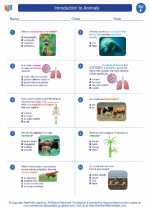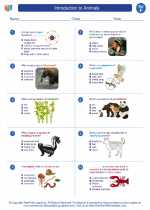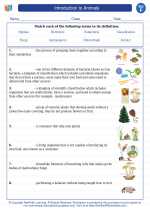Factors affecting durability:
- Material Properties: Different materials have varying degrees of durability. For example, metals are often chosen for their strength and resistance to corrosion, while polymers may be selected for their flexibility and impact resistance.
- Environmental Conditions: Exposure to factors such as moisture, temperature fluctuations, UV radiation, and chemical exposure can impact the durability of materials. Understanding how these conditions affect different materials is crucial in assessing their long-term performance.
- Design and Construction: The way a structure or product is designed and constructed can significantly influence its durability. Factors such as proper assembly, material selection, and maintenance procedures can all contribute to the overall lifespan of an object.
- Usage and Wear: The intended purpose and frequency of use of a material or object will also affect its durability. Heavy usage or frequent stress can lead to wear and tear, potentially reducing the lifespan of the item.
Study Guide:
To study durability effectively, it is important to understand the following key concepts:
- Materials Science: Gain a basic understanding of different types of materials, their properties, and how these properties contribute to durability.
- Engineering Principles: Learn about the principles of structural integrity, stress and strain, and how materials behave under different conditions.
- Environmental Factors: Explore how environmental conditions such as humidity, temperature, and exposure to various chemicals can impact the durability of materials.
- Case Studies: Look into real-world examples of durable and non-durable materials and analyze the factors that contributed to their performance.
- Testing and Evaluation: Understand the methods and techniques used to test the durability of materials, including stress testing, fatigue analysis, and accelerated aging tests.
◂Science Worksheets and Study Guides Sixth Grade. Introduction to Animals
Study Guide Introduction to Animals
Introduction to Animals  Activity Lesson
Activity Lesson Introduction to Animals
Introduction to Animals  Worksheet/Answer key
Worksheet/Answer key Introduction to Animals
Introduction to Animals  Worksheet/Answer key
Worksheet/Answer key Introduction to Animals
Introduction to Animals  Worksheet/Answer key
Worksheet/Answer key Introduction to Animals
Introduction to Animals  Vocabulary/Answer key
Vocabulary/Answer key Introduction to Animals
Introduction to Animals  Vocabulary/Answer key
Vocabulary/Answer key Introduction to Animals
Introduction to Animals  Vocabulary/Answer key
Vocabulary/Answer key Introduction to Animals
Introduction to Animals  Vocabulary/Answer key
Vocabulary/Answer key Introduction to Animals
Introduction to Animals 

 Activity Lesson
Activity Lesson
 Worksheet/Answer key
Worksheet/Answer key
 Worksheet/Answer key
Worksheet/Answer key
 Worksheet/Answer key
Worksheet/Answer key
 Vocabulary/Answer key
Vocabulary/Answer key
 Vocabulary/Answer key
Vocabulary/Answer key
 Vocabulary/Answer key
Vocabulary/Answer key
 Vocabulary/Answer key
Vocabulary/Answer key

The resources above cover the following skills:
LIFE SCIENCE
From Molecules to Organisms: Structures and Processes